- Photo Safaris
- Alaska Bears & Puffins World's best Alaskan Coastal Brown Bear photo experience. Small group size, idyllic location, deluxe lodging, and Puffins!
- Participant Guestbook & Testimonials Candid Feedback from our participants over the years from our photo safaris, tours and workshops. We don't think there is any better way to evaluate a possible trip or workshop than to find out what others thought.
- Custom Photo Tours, Safaris and Personal Instruction Over the years we've found that many of our clients & friends want to participate in one of our trips but the dates we've scheduled just don't work for them or they'd like a customized trip for their family or friends.
- Myanmar (Burma) Photo Tour Myanmar (Burma) Photo Tour December 2017 -- with Angkor Wat option
- Reviews Go hands-on
- Camera Reviews Hands-on with our favorite cameras
- Lens reviews Lenses tested
- Photo Accessories Reviews Reviews of useful Photo and Camera Accessories of interest to our readers
- Useful Tools & Gadgets Handy tools and gadgets we've found useful or essential in our work and want to share with you.
- What's In My Camera Bag The gear David Cardinal shoots with in the field and recommends, including bags and tools, and why
- Articles About photography
- Getting Started Some photography basics
- Travel photography lesson 1: Learning your camera Top skills you should learn before heading off on a trip
- Choosing a Colorspace Picking the right colorspace is essential for a proper workflow. We walk you through your options.
- Understanding Dynamic Range Understanding Dynamic Range
- Landscape Photography Tips from Yosemite Landscape Photography, It's All About Contrast
- Introduction to Shooting Raw Introduction to Raw Files and Raw Conversion by Dave Ryan
- Using Curves by Mike Russell Using Curves
- Copyright Registration Made Easy Copyright Registration Made Easy
- Guide to Image Resizing A Photographers' Guide to Image Resizing
- CCD Cleaning by Moose Peterson CCD Cleaning by Moose Peterson
- Profiling Your Printer Profiling Your Printer
- White Balance by Moose Peterson White Balance -- Are You RGB Savvy by Moose Peterson
- Photo Tips and Techniques Quick tips and pro tricks and techniques to rapidly improve your photography
- News Photo industry and related news and reviews from around the Internet, including from dpreview and CNET
- Getting Started Some photography basics
- Resources On the web
- My Camera Bag--What I Shoot With and Why The photo gear, travel equipment, clothing, bags and accessories that I shoot with and use and why.
- Datacolor Experts Blog Color gurus, including our own David Cardinal
- Amazon Affiliate Purchases made through this link help support our site and cost you absolutely nothing. Give it a try!
- Forums User to user
- Think Tank Photo Bags Intelligently designed photo bags that I love & rely on!
- Rent Lenses & Cameras Borrowlenses does a great job of providing timely services at a great price.
- Travel Insurance With the high cost of trips and possibility of medical issues abroad trip insurance is a must for peace of mind for overseas trips in particular.
- Moose Peterson's Site There isn't much that Moose doesn't know about nature and wildlife photography. You can't learn from anyone better.
- Journeys Unforgettable Africa Journeys Unforgettable -- Awesome African safari organizers. Let them know we sent you!
- Agoda International discounted hotel booking through Agoda
- Cardinal Photo Products on Zazzle A fun selection of great gift products made from a few of our favorite images.
- David Tobie's Gallery Innovative & creative art from the guy who knows more about color than nearly anyone else
- Galleries Our favorite images
Tamron 24-70mm f/2.8 DI VC Zoom lens: It’s a Keeper!
Tamron 24-70mm f/2.8 DI VC Zoom lens: It’s a Keeper!
Submitted by David Cardinal on Mon, 10/20/2014 - 14:32
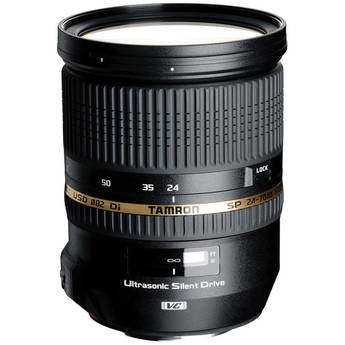 Like most of you, I’m always a bit skeptical of third party lenses until I get to give them a good workout. The need for a fast, but not insanely large, zoom for my recent gorilla trekking experience led me to the (newish) Tamron 24-70mm f/2.8 lens. The specs – lighter and smaller than the Nikon version, with Vibration Compensation included – were appealing. By themselves, that wouldn’t have convinced me to try it. Coupled with its off the charts performance when tested by DxOMark with the Nikon D800e (as close as test as I could find to the Nikon D810 I’d be using it with), I was sold on the idea of using it as my go-to mid-range zoom in Africa. I wasn’t disappointed…
Like most of you, I’m always a bit skeptical of third party lenses until I get to give them a good workout. The need for a fast, but not insanely large, zoom for my recent gorilla trekking experience led me to the (newish) Tamron 24-70mm f/2.8 lens. The specs – lighter and smaller than the Nikon version, with Vibration Compensation included – were appealing. By themselves, that wouldn’t have convinced me to try it. Coupled with its off the charts performance when tested by DxOMark with the Nikon D800e (as close as test as I could find to the Nikon D810 I’d be using it with), I was sold on the idea of using it as my go-to mid-range zoom in Africa. I wasn’t disappointed…
Build and Ergonomics
Like an increasing number of premium third-party lenses from Tamron and Sigma, the Tamron 24-70mm f/2.8 lens is very well built, feels good in the hand, and is a pleasure to use. The only trick for Nikon shooters is getting used to the “backwards” direction of the zoom. Once I got over that, I enjoyed the fact that it is smaller and lighter than the Nikon equivalent, although still noticeably heftier than my usual walking-around lens, the (newer) Nikon 24-85mm AF-S VR lens. It takes an 82mm filter, which is a bit unusual, but nothing too exotic. The lens does extend when you zoom it (goes with the territory when you want the more compact size lenses, unfortunately), but it has a lock in case you’re worried that it will creep (mine is plenty solid and didn’t show any signs of creep – with or without the lock).
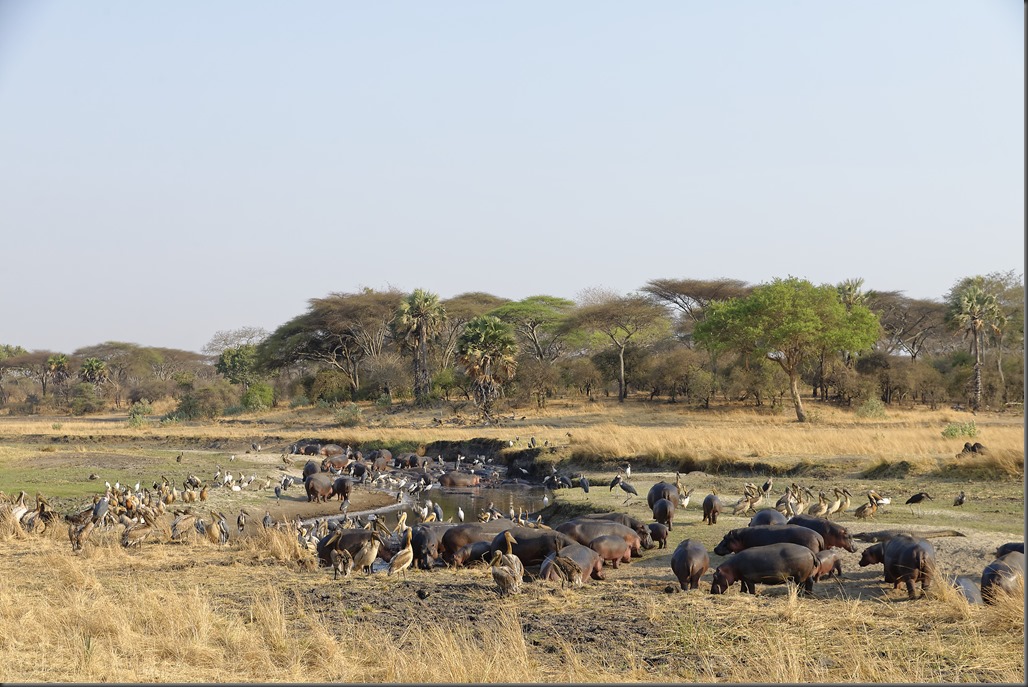
The Tamron 24-70mm f/2.8 Lens is a perfect companion for the ultra-high-quality sensor in the Nikon D810.
In this image you can see the incredible detail (even rescaled for the web it holds up quite well), down to individual birds.
f/9.5 @ 1/500s, ISO 560, 62mm, focused at 30m distance
Features
Along with being a constant f/2.8 along its entire focal range, the lens’s flagship feature is its Vibration Compensation (e.g. VR or IS or OS, depending on your favorite vendor’s acronym). For some reason Nikon doesn’t seem to have any interest in stabilizing its mid-range and wide-angle pro zooms. Shooting from moving vehicles VC/VR is always helpful, for starters, and there isn’t always the time (or the space) to set up a tripod when shooting from the ground. So I appreciated the ability to shoot hand-held in tough conditions and still capture quality images.
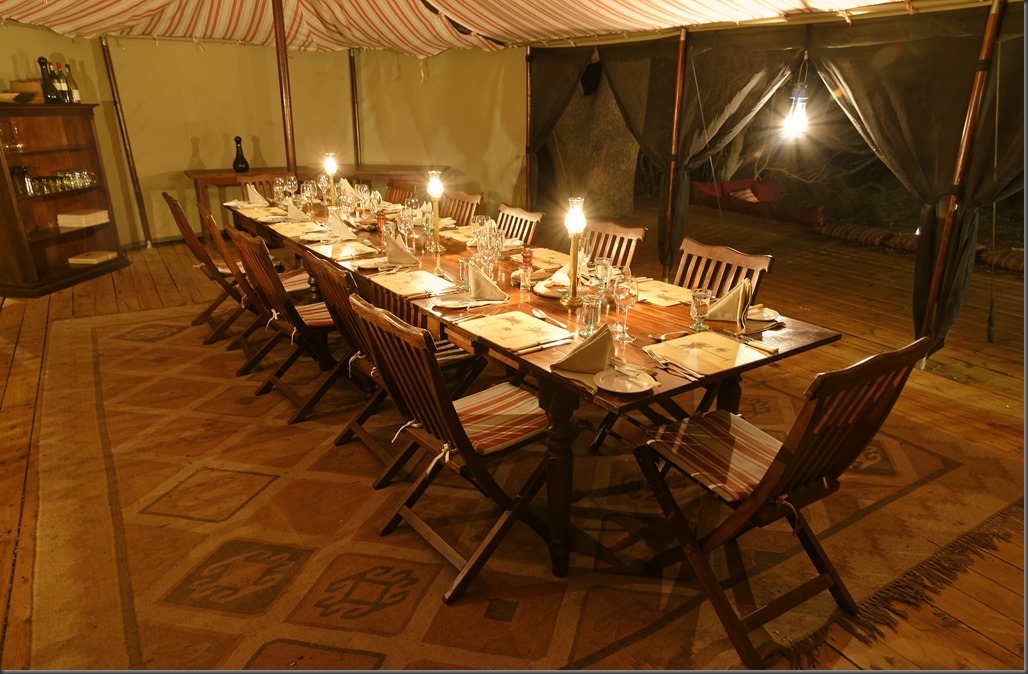 Even in very tricky lighting like this combination of lanterns and candles shining directly into the lens,
Even in very tricky lighting like this combination of lanterns and candles shining directly into the lens,
there is almost no color fringing or other artifacts.
Image Quality
Image quality is where the rubber meets the road of course. Obviously, you’d expect any pro-quality lens to do a good-enough job that it’d be hard to tell the difference between them by simply pixel peeping. So, after convincing myself that the images from the lens looked great, and shooting a couple test targets in my studio, I turned to DxOMark for the scientific version.
Test results show that the relatively new (2012) design of the Tamron 24-70mm f/2.8 lens beats out the older (2007), and more expensive, design of the Nikon version when used with modern, ultra-high-resolution sensors like those found in the Nikon D800, Nikon D810, and Nikon D610.
The differences are not huge, and certainly no reason to swap out your Nikon lens, but since the Tamron is lighter, smaller, less-expensive, and has Vibration Reduction – while still out-performing in lab tests – it is a very attractive option.
Should you buy one? I’m buying mine
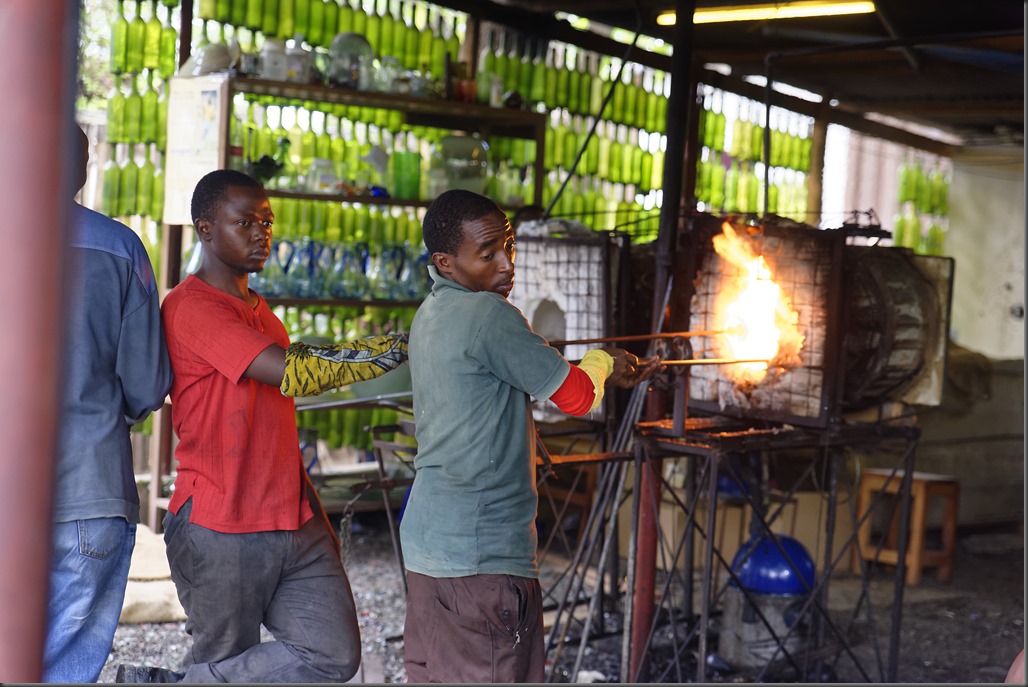
Here too the Nikon D810 combines with the Tamron 24-70mm f/2.8 lens to make a tricky scene look easy to photograph.
I review a lot of gear in a year, but for obvious reasons I only purchase a small fraction of it. The most recent item I shelled out for was my Nikon D810. Its amazing image quality has made me take a closer look at my lenses. I really like my small, versatile, and high-performance Nikon 24-85mm AF-S VR lens, but knew I wasn’t maximizing my image potential when I carried it instead of a full-up “pro” model. However, I really hated lugging the Nikon version along – large, heavy, and no VR – which led me to review the Tamron version. Suffice it to say I’m sold and am purchasing the Tamron 24-70mm f/2.8 lens. It’ll add a little weight and bulk to my pack, so I might not carry it absolutely everywhere, but I will when image quality really matters.
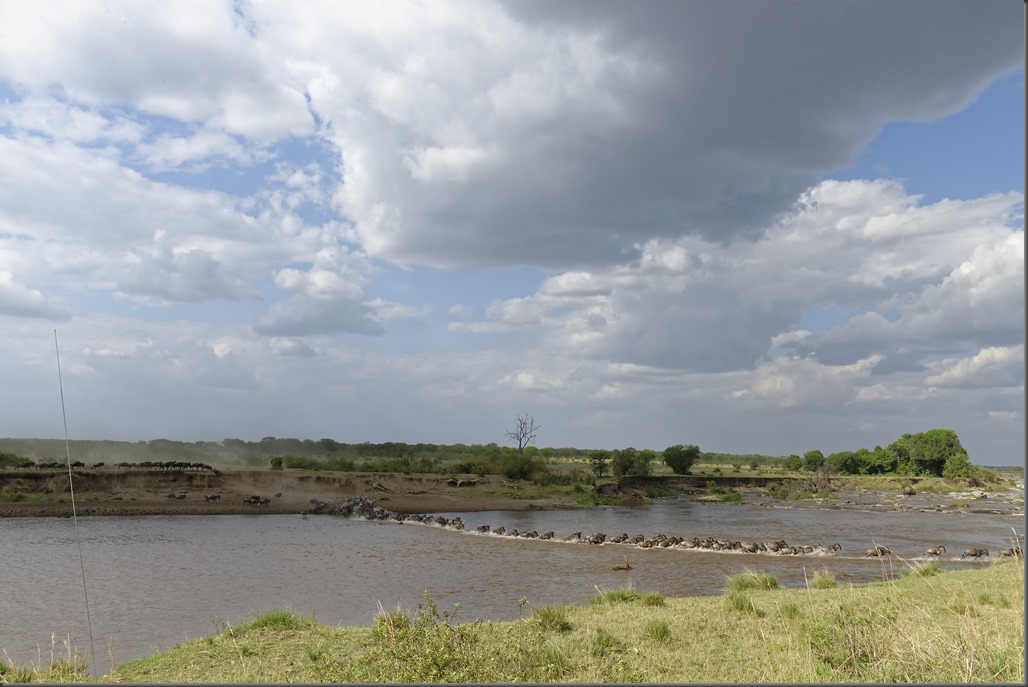 Even at f/16, where diffraction starts to be an issue, the Tamron 24-70mm f/2.8 lens does a great job.
Even at f/16, where diffraction starts to be an issue, the Tamron 24-70mm f/2.8 lens does a great job.


